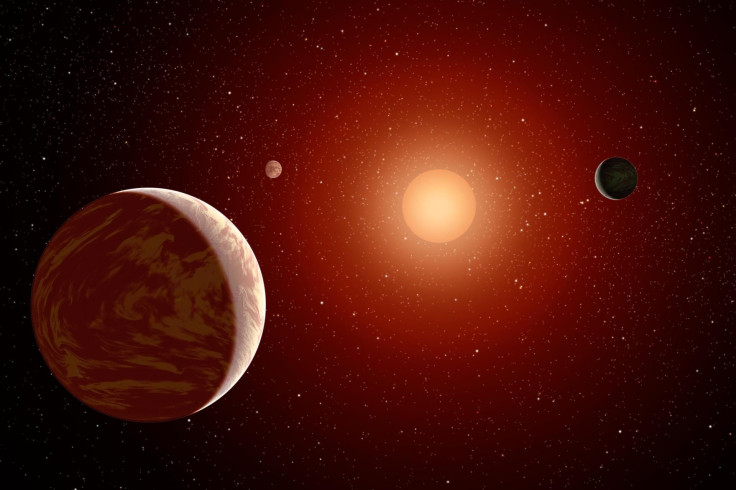Can Planets Near Red Dwarf Stars Support Life? NASA Says Don't Bet On It

Researchers working with NASA data have spent months combing through 10 years of observations to try to determine whether flares from the red dwarfs found in the “habitable zone” of systems near Earth-size planets could negate the possibility of life.
The Earth-size discoveries made in the Trappist-1 system could be less significant if research shows the cool red dwarfs around the planets inhibited life. The researchers specifically looked at data that indicated the increases in brightness are due to flares of ultraviolet light. The reasoning for this is that flares emit energy on a number of wavelengths, including on the ultraviolet band of energy, NASA said.
Read: 10 Of The Most Exciting NASA Missions Scheduled To Launch In The Next 5 Years
The Galaxy Evolution Explorer, or GALEX craft, that collected the data was a space telescope that observed galaxies in ultraviolet light. It launched in 2003 and was scheduled to complete its mission after 29 months but at the recommendation of NASA’s Senior Review Panel, its observations were extended to 2013.
The data collected from far away galaxies gives researchers a look into how galaxies form and change over vast spans of time. The data, collected in the form of ultraviolet light, that the craft collects allowed researchers to examine how much energy was being expelled from the red dwarf stars, how frequently it was happening and then possibly how it was impacting the surrounding planets.
Chase Million and Clara Brasseur at the Space Telescope Science Institute used the data collected by GALEX and software they developed at the institute to search red dwarfs to find the zones in which the flares happened. This resulted in the discovery of plenty of flares in the area where planets orbit the red dwarf stars, big and small and similar to those given off by our sun, NASA said.
Read: NASA's Kepler Observes TRAPPIST-1: First Images Of Red Dwarf Show Dips In Star's Light Output
But the catch is that habitable planets would have to orbit closer to cool red dwarfs to stay warm enough to be habitable than Earth is to the sun, meaning the larger flares from the cool red dwarfs could pose a potential risk for those planets. The flares can wear away atmospheres and then any potential organisms on the planet would be left exposed to the harmful ultraviolet light.
Current instruments are incapable of providing the kind of information necessary to study planetary atmospheres in detail. In the future, the atmospheres of planets orbiting near red dwarfs will have to be studied by telescopes with more sophisticated instruments, like the James Webb Space Telescope that’s scheduled for a 2018 launch.
But as this research shows, the data collected from earlier missions can be useful in ways other than what was intended. Researchers are continuing to search for more flares in the GALEX data as well as in other data from such sources as the Kepler missions.
© Copyright IBTimes 2025. All rights reserved.




















